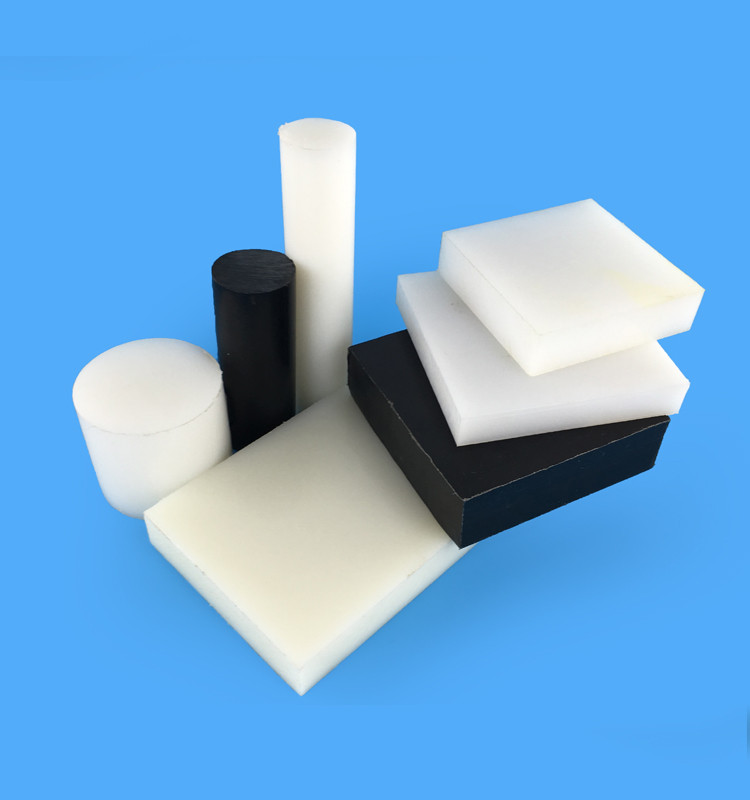As soon as the field commander arrives on the scene, he must complete a 360- degree survey before starting any work . Not communicating the risk factors identified during the preliminary investigation to rescue personnel is dangerous to send them to dangerous areas.
360 Degree Survey - What to look out for
Danger | risk | Examples of control measures |
Fire | Burn rescue workers or injured | Fire media |
Leakage | slide | Use absorbents |
Unopened airbag or airbag | Unexpected development | Steering wheel airbag protection (driver's airbag). Always expose the interior of the vehicle before cutting. |
Unstable vehicle | Damage caused by vehicle movement | Instant stability |
Fuel type | Contact with high voltage / liquefied petroleum gas | Isolated high voltage / liquefied petroleum gas |
12 volt battery | Potential accidental deployment of a potential ignition source or airbag | Isolated 12 volt battery |
Vehicle key | Engine restart or vehicle movement | Pull out the key and place it 5 meters away |
In addition to the above risk factors, the 360- degree survey must also include the identification of risk factors under the vehicle.
Other matters to note when dealing with vehicles with bodywork
Due to the orientation of the vehicle in this situation, special attention should be paid to:
1 instability
2 revealed exhaust system and catalytic converter (about 700-900 degrees Celsius)
3 Hybrid / electric vehicles exposed / damaged high-voltage cables / high-voltage batteries
4 Increased risk of leakage of fuel (and other substances)
Once the 360- degree survey is completed , the on-site commander must determine priorities to ensure that risk factors are addressed and that controls are implemented to reduce the risk.
After the initial investigation is completed and the priorities have been established, the field commander is responsible for maintaining a safe work area throughout the incident. This can only be achieved with good positioning to ensure that field commanders always understand the site profile.
! Remember - Rescue can only be done after completing a full-scale investigation and confirming and notifying all hazards.
The rescue site is a dynamic site and safety hazards can occur at any time. Therefore, continuous on-site assessments must be conducted.

This article belongs to holmatro and edited by China Rescue Equipment Network.
MC NYLON is recognized as the most widely used and known engineering plastic in the current market. PA6 has the best performance, very tough, even at low temperatures, and high surface hardness, mechanical lower shock, and abrasion resistance. Combined with these characteristics and good insulation, and chemical properties, it has become common-level materials. It`s widely used in a variety of mechanical structures and spare parts. Compared to PA6, PA66 own the higher hardness, rigidity, better resistance to wear and heat deflection temperature. Temperature resistance from -40℃ to 110 ℃.
-
Advantages:
♦ High strength and stiffness
♦ High impact and notch impact strength
♦ High heat deflection temperature
♦ Good at dampening
♦ Good abrasion resistance
♦ Low coefficient of friction
♦ Good chemical stability against organic solvents and fuels
♦ Excellent electrical properties, ease of printing and dyeing
♦ Food safe, noise reductionDisadvantages:
♦ Poor dimension stability, electrical and mechanical properties may become affected by absorbing moisture or water
♦ Poor acidproof ability, can`t dye with acid or touch overmuch acid
uti
Blue Mc Nylon Rod, Green Mc Nylon Rod, Black Mc Nylon Rod, Extruded Mc Nylon Rod
SHENZHEN XIONGYIHUA PLASTIC INSULATION LTD , https://www.xyhplastic.com
![<?echo $_SERVER['SERVER_NAME'];?>](/template/twentyseventeen/skin/images/header.jpg)